Evolution of Mars rovers in 25 years of exploring the red planet!
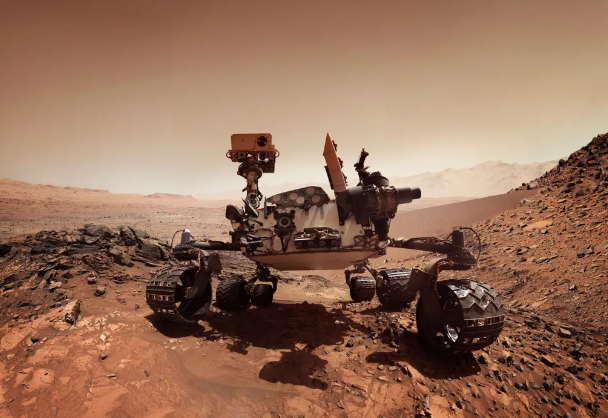
Few things are more difficult than launching a robot into space and making a landing. Twenty-five years ago that little robot, a six-wheeled rover named Sojourner, did it, becoming the first in a series of rover vehicles built and operated by NASA to explore Mars; 4 more NASA rovers, each one more capable and complex than the last, have inspected the Red Planet. Each of the Mars rovers has gone to a different place on the planet, allowing scientists to develop a broad understanding of how Mars evolved over time. The rovers revealed that Mars contained water and other conditions conducive to life for long part of its history. That work laid the foundation for Perseverance’s ongoing search for signs of ancient life on Mars.
Each rover is also a reflection of the humans who designed, built and drove it. Perseverance carries on one of its wheels a symbol of the Mars rover’s footprints twisted into the shape of a DNA double helix. Sojourner, the basic machine was the size of a microwave oven, engineers were limited as to where they could send it; they needed a large flat region on Mars because handling a precision landing near mountains or canyons was beyond their capabilities. Sojourner spent nearly three months poking around the landscape, it was going slow, mission controllers had to communicate with Sojourner constantly, telling her where to shoot and then assessing whether she had gotten there safely. He managed to do some science with his unique X-ray spectrometer, the little machine analyzed the chemical composition of 15 Martian rocks and tested the friction of the Martian soil.
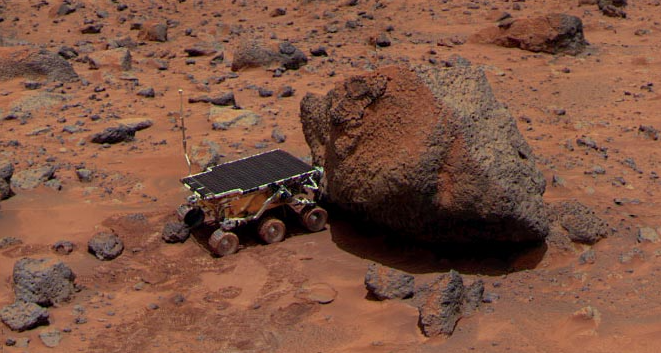
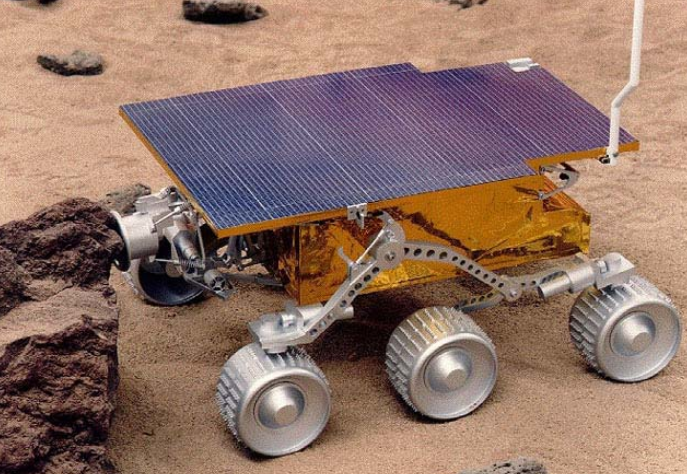
Los gemelos Spirit y Opportunity, cada uno del tamaño de un carrito de golf, fueron un gran paso adelante de Sojourner. Each had a robotic arm, a crucial development in rover evolution that enabled machines to do increasingly sophisticated science, both had beefed-up cameras, three spectrometers, and a tool that could crush rocks to reveal the texture beneath the surface. Spirit found rocks that appeared to have been altered by water long ago, and then detected a pair of iron-rich meteorites. Opportunity, by contrast, became the rovers’ Energizer Bunny, constantly exploring and refusing to perish. Right at its landing site, Opportunity detected the first definitive evidence of past liquid water on Mars, a highly anticipated discovery. The rover went on to find evidence of liquid water at different times in the Martian past, after years of driving the rover reached a crater called Endeavour, the rocks were hundreds of millions of years older than others studied on Mars, they contained evidence of different types of ancient water chemistry.
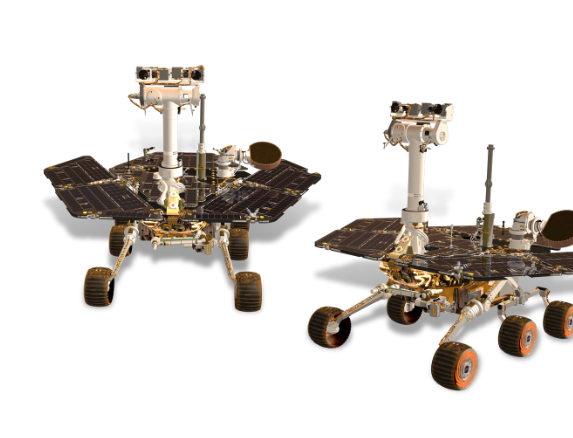
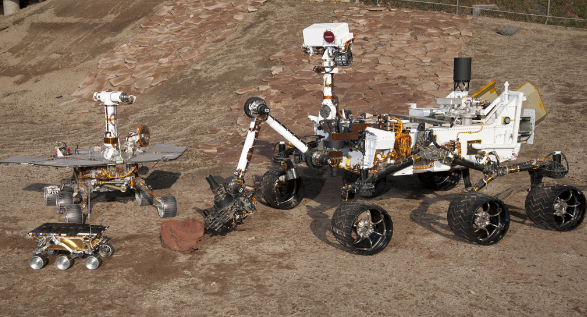
In the mid-2000s, NASA had decided it needed to go big on Mars, with a sport utility vehicle-sized megaengine. The one-ton Curiosity was so heavy that its engineers had to come up with an entirely new way to land on Mars, the sky crane system used retro-rockets to float above the Martian surface and slowly lower the rover to the ground.
Unlike the first three Mars rovers, which ran on solar power, Curiosity runs on energy produced by the radioactive decay of plutonium, allowing the rover to travel farther, faster, and power a suite of sophisticated science instruments, including two chemical laboratories. When the rover arrives in a new area, it looks around with its cameras and then hits interesting rocks with its laser to identify which ones merit a closer look; once close, the rover extends its robotic arm and does science, including drilling into rocks to see what they are made of.
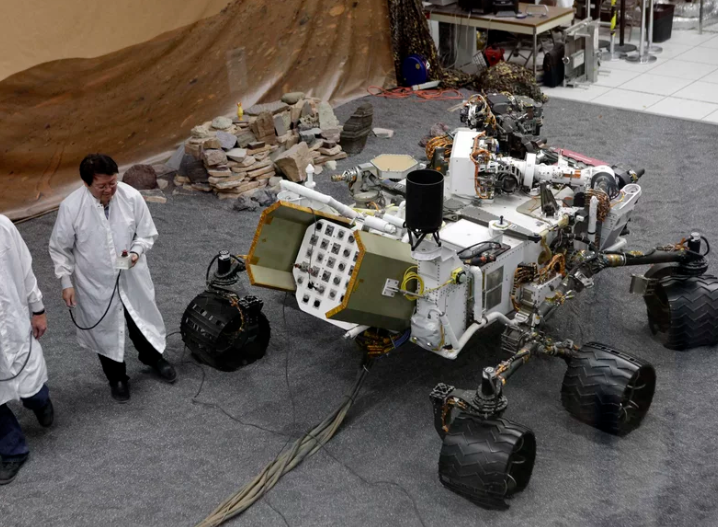
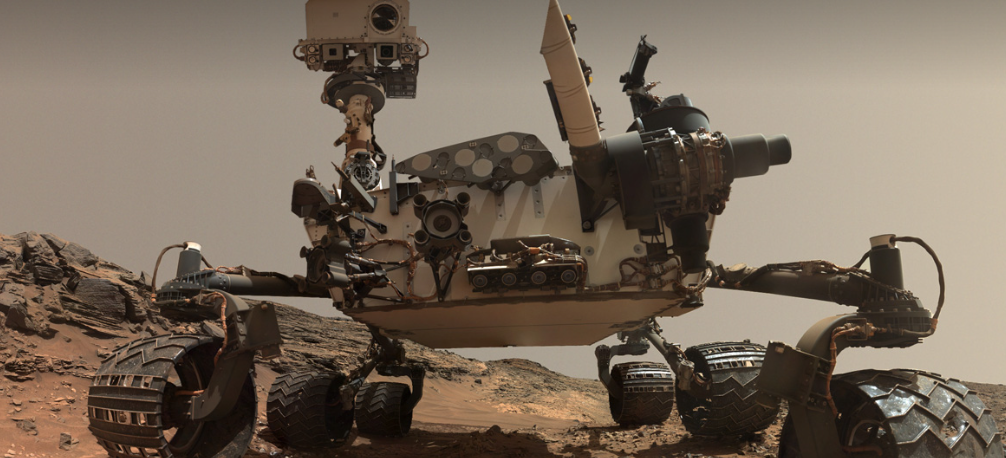
Along the way, the rover discovered a variety of organic molecules in many different rocks, suggesting environments that had been habitable for millions or tens of millions of years, sniffed methane gas sporadically floating inside Gale Crater, a still-unexplained mystery that it could result from geological reactions, although methane on Earth can be formed by living organisms. The rover measured radiation levels at the surface, useful for future astronauts who will need to measure their exposure, observed dust swirls, clouds and eclipses in the Martian atmosphere and night sky.
NASA’s first four rovers set the stage for the most capable and agile rover to ever visit Mars: Perseverance. Es básicamente una copia de Curiosity construida a partir de sus piezas de repuesto, pero con una modificación importante: un sistema para perforar, recolectar y almacenar núcleos delgados de roca. Perseverance’s job is to collect Martian rock samples for future missions to bring back to Earth, in what would be the first robotic sample to return from Mars, allowing scientists to perform sophisticated analyzes of Martian rocks in their terrestrial laboratories. He has collected 10 rock cores and is already looking at where to place them on the surface for future missions to pick up.
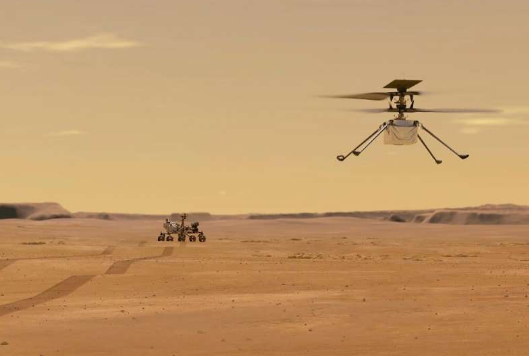
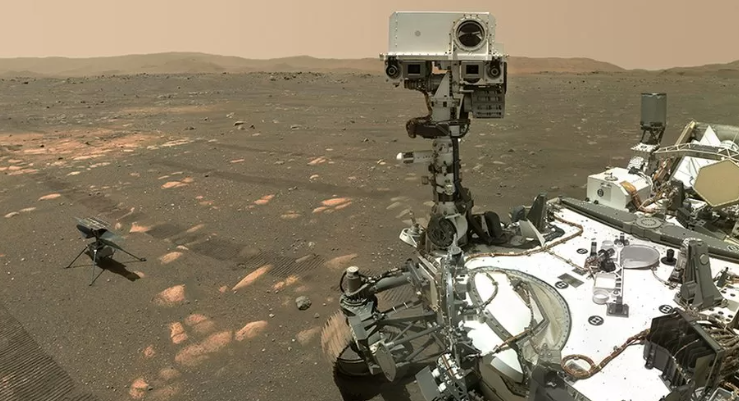
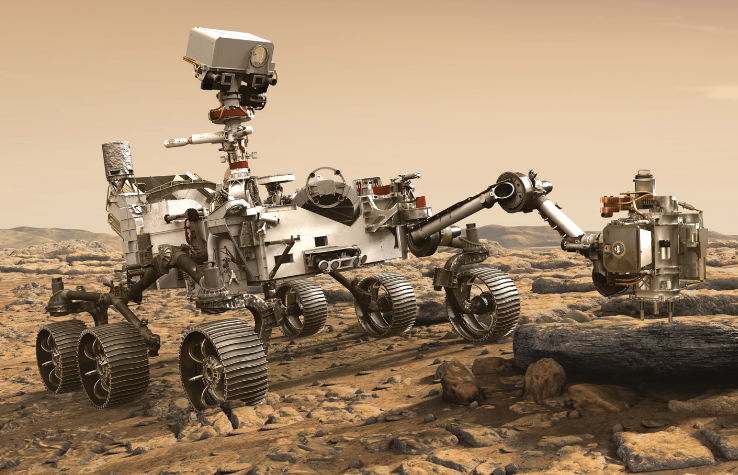
Perseverance has a separate computer processor to run calculations for autonomous navigation, allowing it to move faster than Curiosity. In April 2022, Perseverance set a Martian driving record, traveling nearly 5 kilometers in just 30 Martian days. In April 2022, Perseverance set a Martian driving record, traveling nearly 5 kilometers in just 30 Martian days. The helicopter made 29 flights in its first 16 months when it was only supposed to make five in a month, it has explored paths ahead and scientific targets for the rover, future rovers are almost certain to carry a little friend like this.
From Sojourner to Zhurong, the Mars rovers show what humanity can achieve on another planet. Future rovers could include the European Space Agency’s ExoMars, though its 2022 launch was postponed after Russia attacked Ukraine.
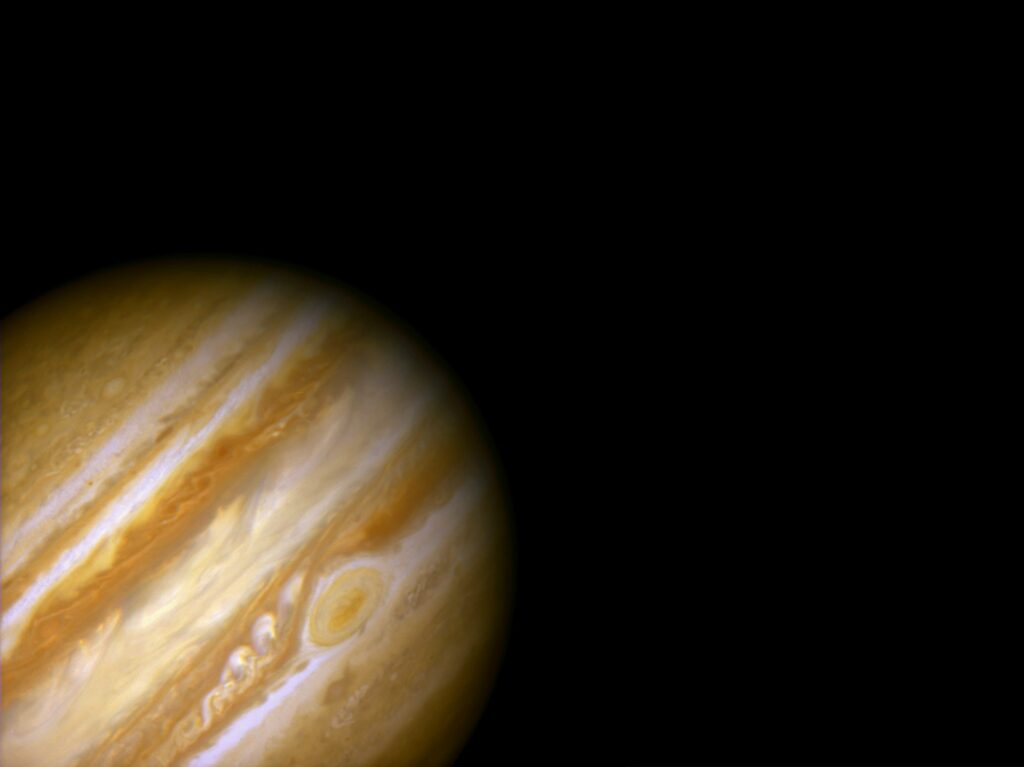
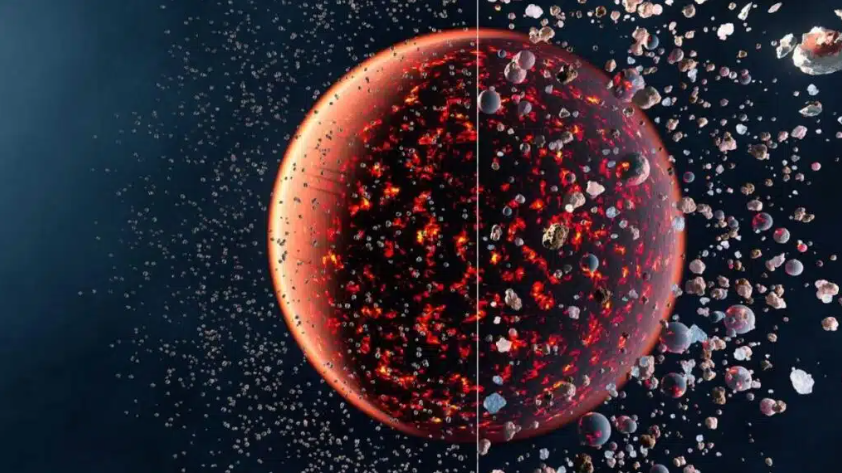
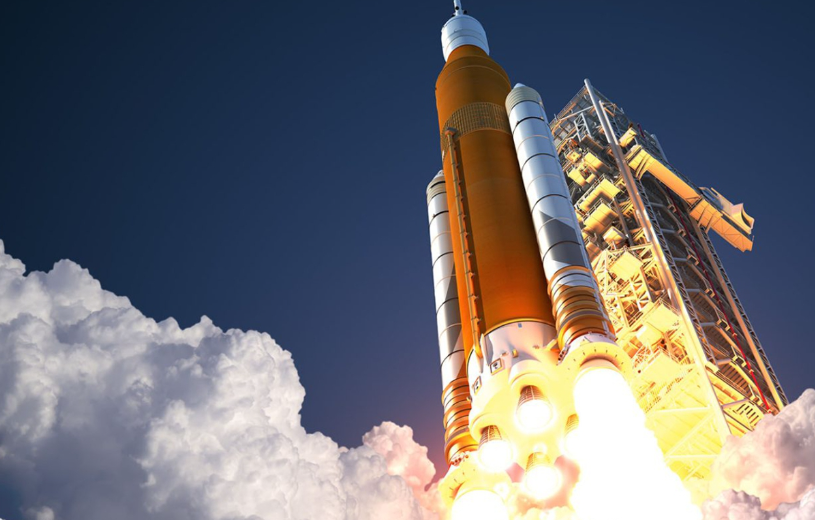

Responses